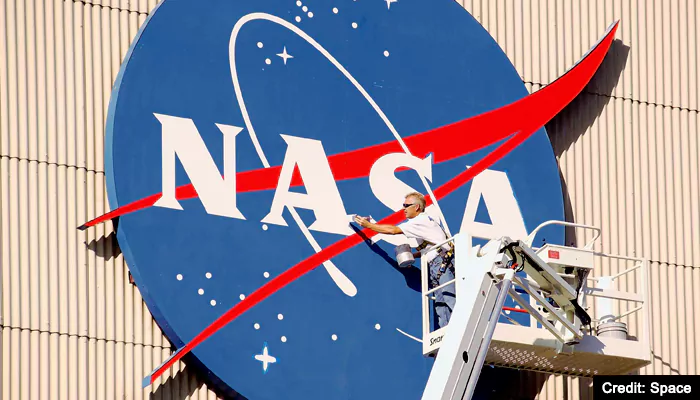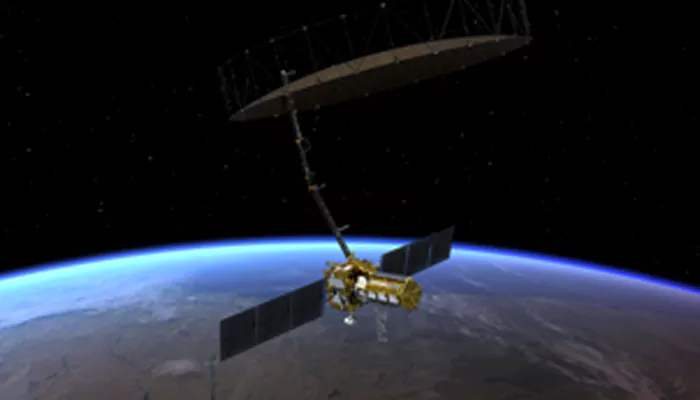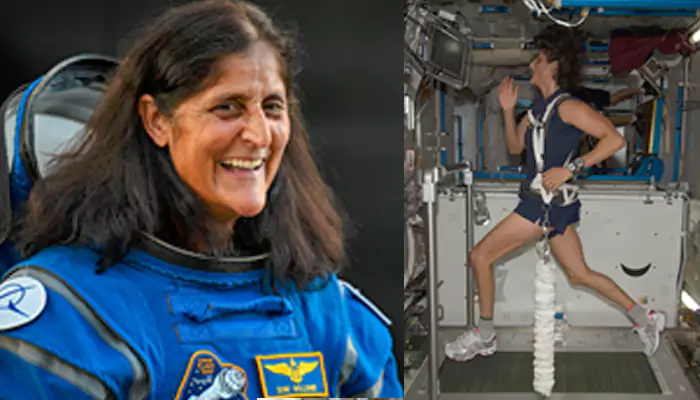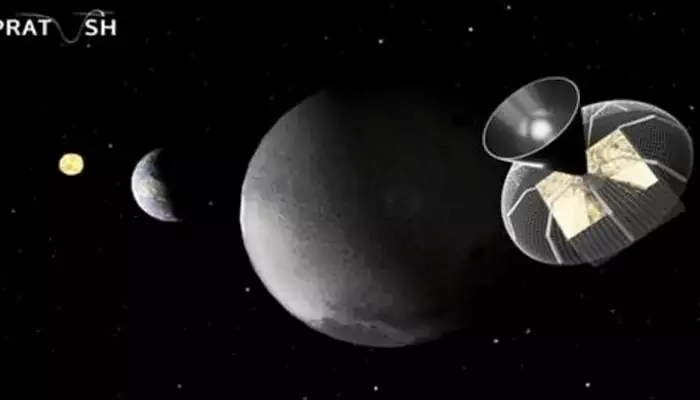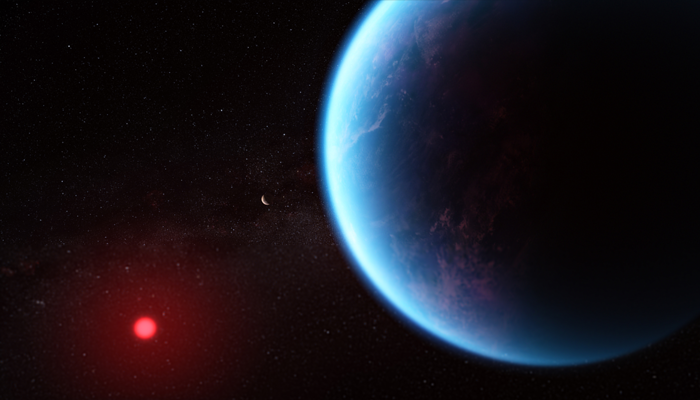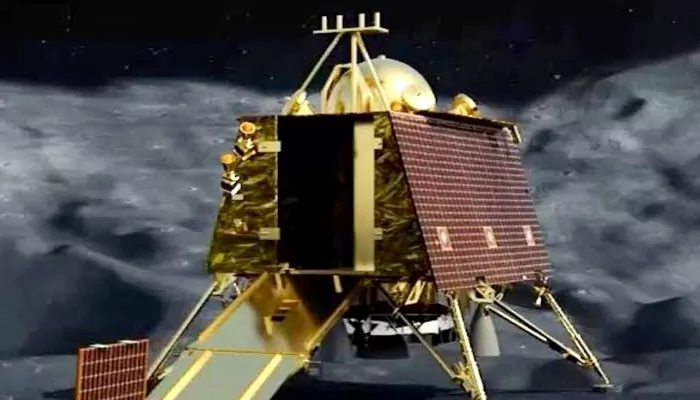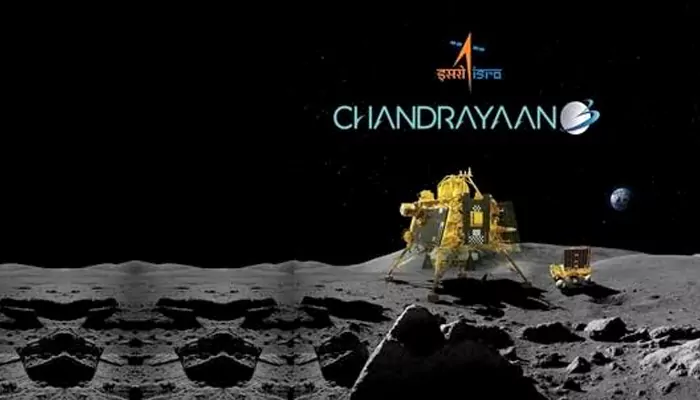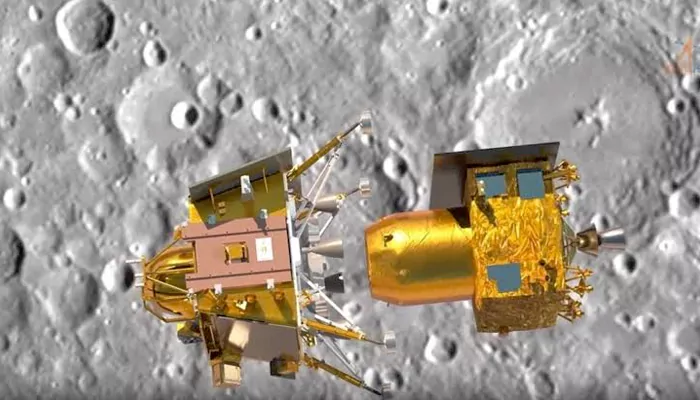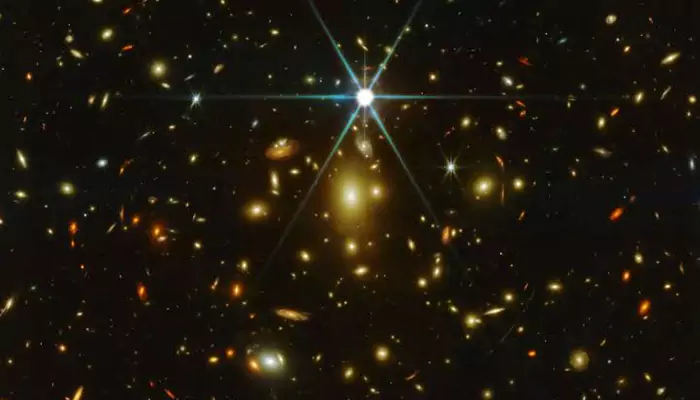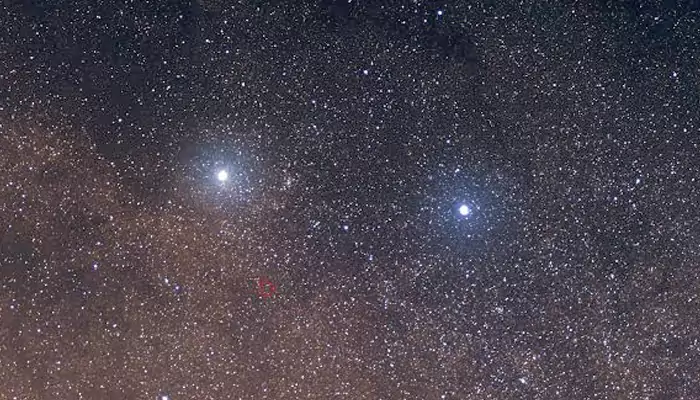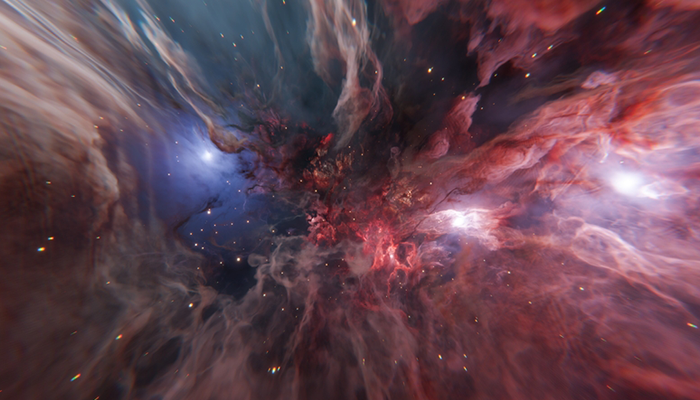Surge in Space Missions Could Trigger Kessler Syndrome and Lead To Global Tech Disruptions, Experts Warn
- Gurpreet
- 1 year ago
- 3 minutes read

Scientists have expressed their concerns about the dangers of increasing space missions, which could, in turn, make Kessler syndrome a reality.
Scientists and astronomers, in a recent turn of events, are now concerned about the dangers of the surge in space missions. The impending repercussions of this situation was first conceptualised by US astrophysicist Donald Kessler in 1978, and it became known as Kessler Syndrome. And now as per experts, the situation could become a reality, and it could even lead to global technological disruptions, which means the internet, phones, GPS and television might be inaccessible for several years. More so, if the satellites get destroyed, they will end up leading to more debris.
Donald, in his research paper, Collision Frequency of Artificial Satellites: The Creation of a Debris Belt, had previously mentioned, “As the number of artificial satellites in earth orbit increases, the probability of collisions between satellites also increases. Satellite collisions would produce orbiting fragments, each of which would increase the probability of further collisions, leading to the growth of a belt of debris around the Earth. This process parallels certain theories concerning the growth of the asteroid belt. The debris flux in such an earth-orbiting belt could exceed the natural meteoroid flux, affecting future spacecraft designs.”

As per NASA, the issue was first brought to notice in the 1970s when old Delta rockets left in orbit began exploding, and spreading parts of metal and other materials. At the time, Donald Kessler asserted how when the level of debris is too high in space, it can lead to collisions, and make the space orbit become unsafe for use. Donald had even predicted it would take around 30 to 40 years to reach that critical situation, and scientists and astronomers think that we have reached that point now.
Meanwhile, John L Crassidis, a professor of innovation and space debris expert at the University of Buffalo, recently told The National News, “The Kessler Syndrome is going to come true. If the probability of a collision is so great that we can’t put a satellite in space, then we are in trouble.”

It cannot go unnoticed that until 2023, there were around 10,000 satellites in space, and around 100 trillion pieces of old satellites remain untraced. In fact, as per Crassidis, when a Russian satellite named Kosmos 2251 crashed into a US commercial satellite called Iridium in 2009, it led to massive debris, which could not only easily collide with other objects in space but even kill astronauts on space missions.
Hence, in order to protect both humanity and space, John L Crassidis and Amrith Mariappan have now come up with a solution of recycling space debris, which can be transformed into useful materials for future space missions. It would help attain a more sustainable future in outer space.

